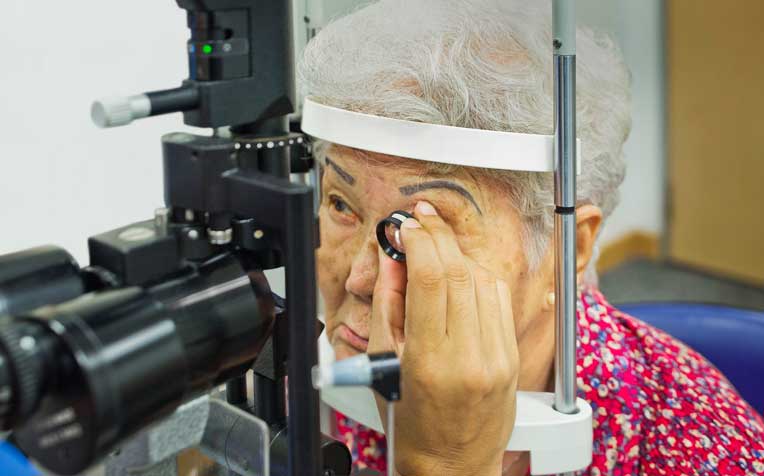
The best way to detect glaucoma is to go for regular eye tests.
Don't let this "silent thief" steal your eyesight
The team from the Glaucoma Department at Singapore National Eye Centre (SNEC), a member of the SingHealth group, tells us about the dangers of glaucoma, one of the world’s leading causes of blindness.
What is glaucoma?
Glaucoma is an eye condition characterised by a progressive loss of vision due to damage to the optic nerve which carries visual information from the eye to the brain. The two most common types of glaucoma are:
Open-angle glaucoma
Closed-angle glaucoma
Why is awareness of glaucoma important?
Glaucoma is a leading cause of irreversible blindness worldwide, and accounts for moderate or severe vision impairment or blindness in 7.7 million people globally.
With the rapid growth of the world’s elderly population, the number of glaucoma sufferers will also rise, causing increased healthcare costs and creating an economic burden. It is estimated that glaucoma will be the most common cause of irreversible blindness this century, with almost 80 million cases worldwide.
In Singapore, approximately three per cent of people over the age of 50 have glaucoma. This percentage increases with age and reaches almost 10 per cent for those over the age of 70. Closed-angle glaucoma accounts for less than half this figure.
Because it is largely symptom-free, more than 80 per cent of people with glaucoma are unaware of it at the time of diagnosis, hence the condition’s other name – “silent thief of sight”. There is no cure but blindness is preventable if glaucoma is diagnosed and treated early. Regular eye tests are recommended as they can detect the onset of the disease.
Risk factors for glaucoma
Advancing age
Gender (closed-angle glaucoma is more common in females)
Race (closed-angle glaucoma is more common in Chinese)
Family history of glaucoma
Refractive error (being short-sighted increases the risk of developing open-angle glaucoma, while long-sightedness adds to the risk of closed-angle glaucoma)
Can glaucoma be prevented?
Open-angle glaucoma cannot be prevented, shares the Glaucoma Department, Singapore National Eye Centre (SNEC), a member of the SingHealth group. However, if diagnosed and treated early enough, it is possible to prevent visual damage and blindness.
Closed-angle glaucoma, on the other hand, is preventable. In the early stages of the disease, (when the eye has a closed angle but has not yet developed glaucoma), performing a laser procedure called an iridotomy can potentially help to prevent blindness.
Current research
Several research projects are underway at the Singapore Eye Research Institute (SERI) and SNEC, investigating early disease detection, genetic risk factors, new treatments, drug efficacy and new drug delivery systems for treating glaucoma.
Glaucoma video: Signs and symptoms
Glaucoma video: Are you at risk of glaucoma?
Glaucoma video: How to help a loved one with glaucoma
Glaucoma video: Treatment and management of glaucoma
Ref: H24
Check out our other articles on glaucoma:
Contributed by
















 Get it on Google Play
Get it on Google Play